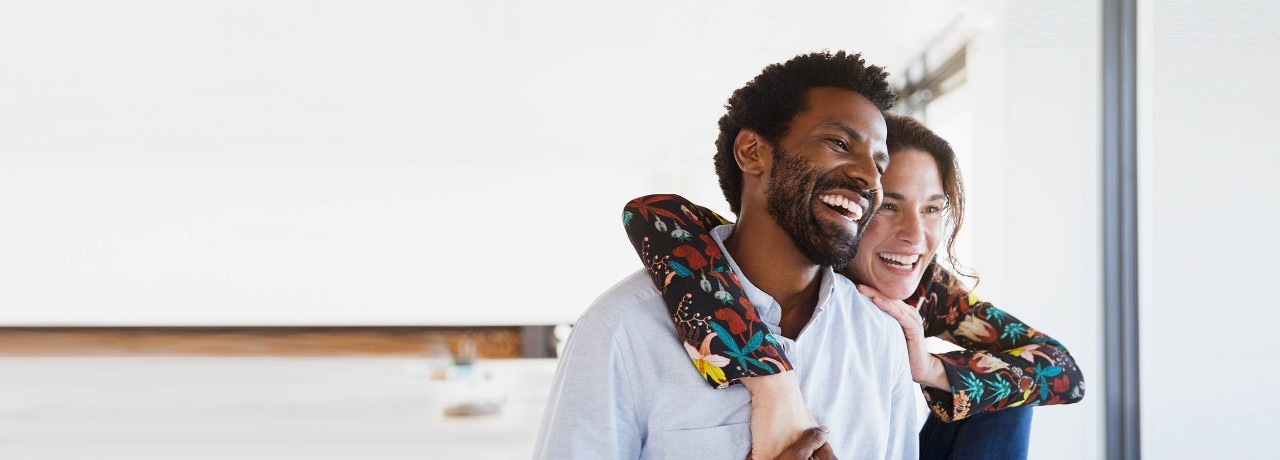How do credit cards work | Money Basics - NAB
What is a credit card?
A credit card is a way to borrow money or get ‘credit’ from a bank. It’s a card with a set amount of funds (called a 'limit’) you can borrow at any time. This limit is set when you apply for a card.
Where accepted, you can use a credit card to buy things without cash and pay for purchases online or over the phone.
Like all debts, you need to repay the credit card. Credit cards have interest rates, which apply to amounts that you haven’t paid back, there’s a minimum monthly repayment, and most cards have an annual fee.
You should only apply for a credit card if you can afford the repayments.
Learn more about if a credit card is the right option for you, and how to get a credit card.
Credit versus debit cards
A credit card allows you to borrow and spend money up to your approved credit limit. With a debit card, you’re spending your own money. A debit card is linked to your everyday transaction account, so you can only spend what’s in the account. If you’re worried about overspending, a debit card might be a better option for you.
You can also use the Spending tool in the NAB app to track where your money is going, and you can set a savings goal with Saving Spaces.
Learn more about differences that set debit cards and credit cards apart.
How does a credit card work?
Your credit limit
Your credit limit is the amount you can borrow. When you apply for a credit card you can either set your own credit limit or the bank will set the maximum credit amount, based on the information you supplied about your financial situation. The bank will also set a minimum card limit, which depends on the type of card you apply for.
Interest rates
When you apply for a credit card you’ll be told which interest rate applies. This is an annual percentage that you pay, and it applies to any outstanding amount not paid off by the due date. The amount of interest you’ll pay will differ each month. It’s determined by how much you spend, how much you repay, and when you repay it. For example if the interest rate is 18% per annum, and you have $100 outstanding on your balance, you will be charged 18% per annum of $100, or approximately $1.50 per month.
Learn more about how credit card interest is calculated.
Interest-free periods
Most credit cards have ‘up-to-44 days’ or ‘up-to-55 days’ interest-free periods on purchases. This means interest on amounts you owe doesn’t start to build up until the statement due date.
Interest-free periods usually start on the first day of your billing cycle, not when you make a purchase. For example, if your credit card has an interest free period of 44 days, this means you have 44 days from the date on your statement to pay the closing balance before incurring interest.
Note: Interest rates and interest-free periods don’t apply to a NAB StraightUp Card.
Repayments
Now you might be wondering how to pay off your credit card. Your bank will send you statements each month which will show you the total amount you have borrowed, any payments you have made, the interest rate, any interest or charges that have accrued, as well as the minimum amount you have to pay.
To avoid paying interest, make sure you pay the closing balance in full by the due date each month. If you don’t pay the full amount of the closing balance, you will need to pay at least the minimum payment amount shown on your statement. If this amount isn’t paid by the due date, you may have to pay late fees or missed payment fees, as well as interest.
Balance transfer
A balance transfer is a way to move some or all of what you owe (your balance) on one or more credit cards to a new one. The debt you move to the new card usually has a much lower interest rate (or often no interest) than what you were previously paying, for a period of time. This is known as a promotion period and it’s usually between six months and three years. After this period, any unpaid balance transfers will attract the variable cash advance rate.
Fees
Depending on which credit card you choose, you may need to pay fees. Many credit cards charge an annual fee, which has to be paid every 12 months. Other cards may charge a monthly credit card fee, rather than an annual fee. Most credit cards also charge a late fee if you don’t make your repayments on time. Learn more about credit card fees and ways you can avoid them.
What is cashback?
Cashback is when you receive a credit back to your account. To earn the cashback, you need to make contactless purchases with your card, usually each month, and a percentage of those purchases will be returned to your account. Not all cards have offer cashback, and the eligibility criteria for the cashback amount will vary depending on the product, rewards program or offer you sign up for.
Types of credit cards
There are many types of credit cards available, including low rate cards, low fee cards, and cards that allow you to earn rewards points. Learn more about the different types of credit cards you can apply for. You can also use our credit card selector to help you choose the right card for you. If you’ve never had a credit card before, learn how to choose the best type of credit card for you.
How can I get a credit card?
To be approved for a credit card, you’ll need to meet certain eligibility criteria regarding your age, income and residency status. The bank will also run a credit check to assess your credit history and credit score. There are a number of ways you can build and improve your credit score:
Learn how to improve your credit score before you apply for a credit card, and why creditworthiness is important.
How to apply for a credit card
You can apply for a NAB credit card either online or at a NAB branch.
Learn more about how to apply for a credit card and what documents you’ll need.
Explore other life moments
What is a debit card?
Learn how debit cards work and how to choose the right one for you.
Types of credit cards
We have a range of different types of credit cards at NAB. Learn more and compare to find the right card for you.
Common credit card fees and ways to avoid them
Understand the different types of fees and ways to avoid paying them.
Related products and services
NAB Low Rate Card
Our low rate credit cards can give you the peace of mind that comes with a low interest rate.
NAB Rewards Platinum Credit Card
Redeem NAB Rewards Points for a wide range in our NAB Rewards Store. Plus, enjoy complimentary insurances and Personal Concierge.
NAB Qantas Rewards Signature Card
Apply today to take advantage of earning bonus Qantas Points and enjoying other great rewards.
Get in touch
Customer Support Tool
Solve problems quickly online with our easy-to-follow guides. Simply select a topic and we’ll direct you to the information you need.
Contact us
Explore our personal banking contact information and get support with a wide range of products, services and topics.
Visit a NAB branch
Visit us in person at your nearest NAB branch or business banking centre.
Terms and Conditions
Apologies but the Important Information section you are trying to view is not displaying properly at the moment. Please refresh the page or try again later.
Fees and charges
Read our credit card terms and conditions. Credit card fees and charges are payable. Approval and credit limit is subject to NAB's credit assessment criteria. Information, including interest rates and annual card fees subject to change. Correct as at today.
Target Market Determinations for these products are available at nab.com.au/TMD.
Credit cards issued by National Australia Bank Limited.
The information contained in this article is intended to be of a general nature only. It has been prepared without taking into account any person’s objectives, financial situation or needs. Before acting on this information, NAB recommends that you consider whether it is appropriate for your circumstances. NAB recommends that you seek independent legal, financial, and taxation advice before acting on any information in this article.





